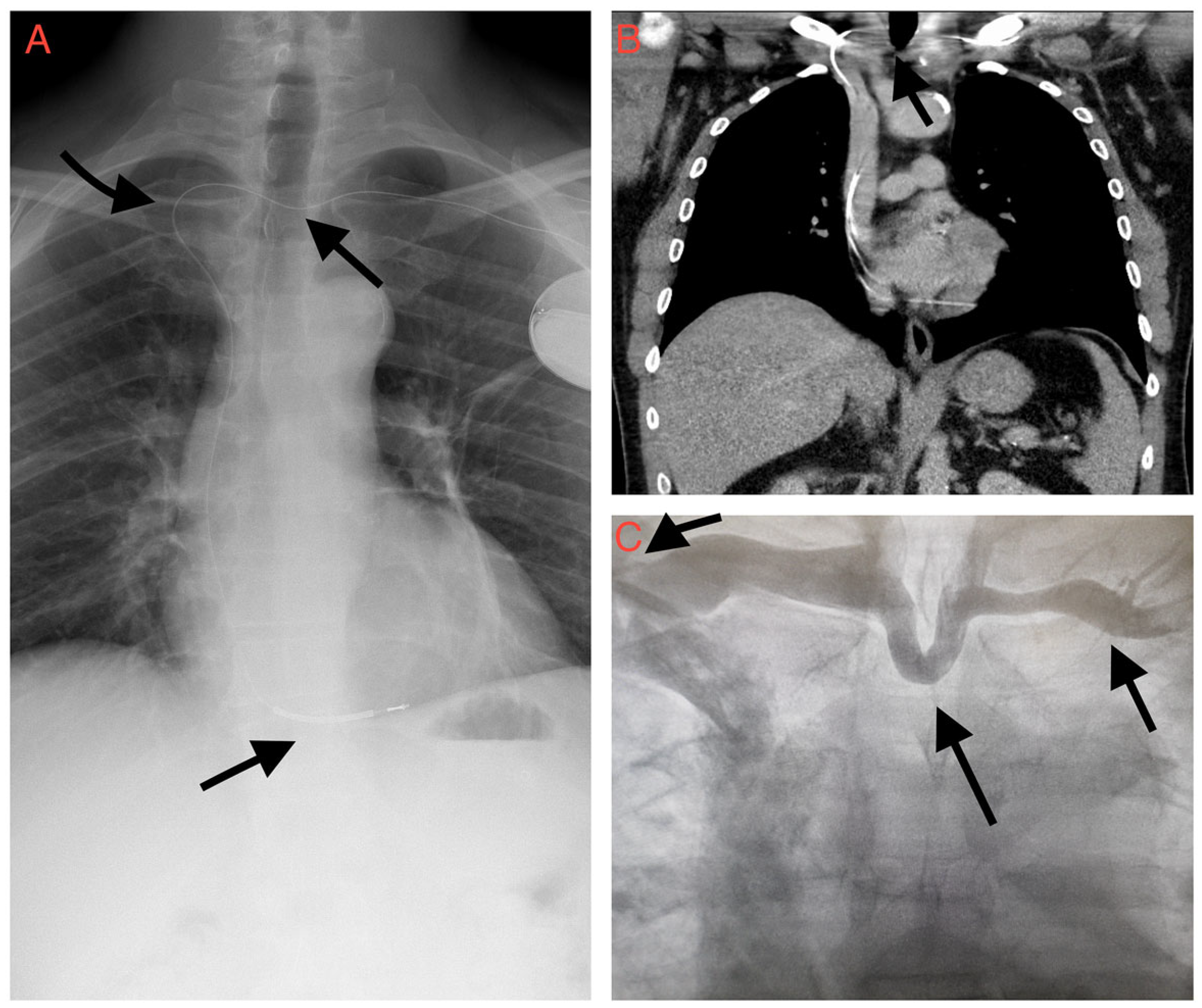ICD Insertion in Previously Undiagnosed Left Brachiocephalic Vein Obstruction
Conflicts of Interest

© 2022 by the author. Attribution - Non-Commercial - NoDerivatives 4.0.
Share and Cite
O Brien, L.P.; Buckley, A.; Galvin, J. ICD Insertion in Previously Undiagnosed Left Brachiocephalic Vein Obstruction. Cardiovasc. Med. 2021, 24, w10047. https://doi.org/10.4414/cvm.2021.02139
O Brien LP, Buckley A, Galvin J. ICD Insertion in Previously Undiagnosed Left Brachiocephalic Vein Obstruction. Cardiovascular Medicine. 2021; 24(1):w10047. https://doi.org/10.4414/cvm.2021.02139
Chicago/Turabian StyleO Brien, Lukas Padraig, Anthony Buckley, and Joseph Galvin. 2021. "ICD Insertion in Previously Undiagnosed Left Brachiocephalic Vein Obstruction" Cardiovascular Medicine 24, no. 1: w10047. https://doi.org/10.4414/cvm.2021.02139
APA StyleO Brien, L. P., Buckley, A., & Galvin, J. (2021). ICD Insertion in Previously Undiagnosed Left Brachiocephalic Vein Obstruction. Cardiovascular Medicine, 24(1), w10047. https://doi.org/10.4414/cvm.2021.02139



